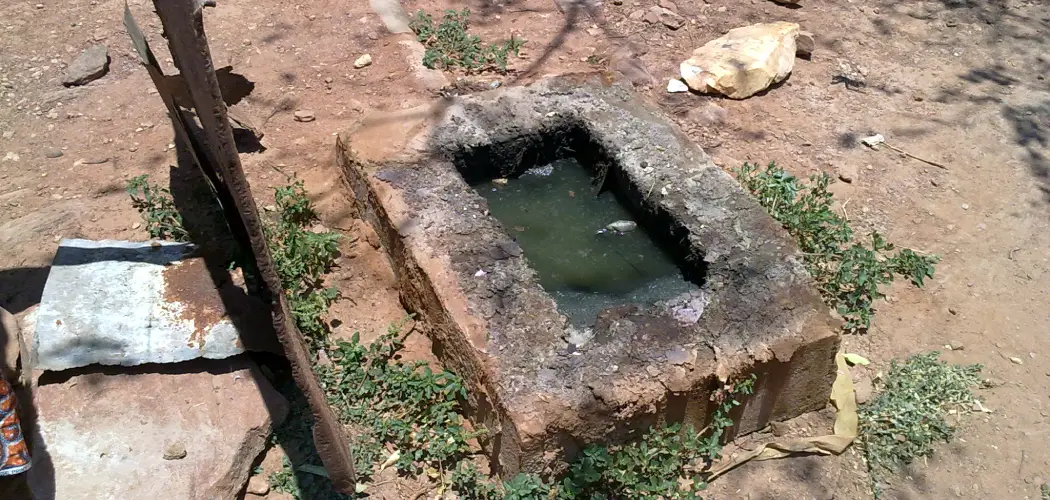If you’re considering replacing a septic tank, getting rid of it is probably one of the last things on your mind. After all, having a septic tank in your backyard does provide certain benefits; so why do away with it? Well, there are several reasons why ditching your existing septic tank and installing a new one may make sense for you.
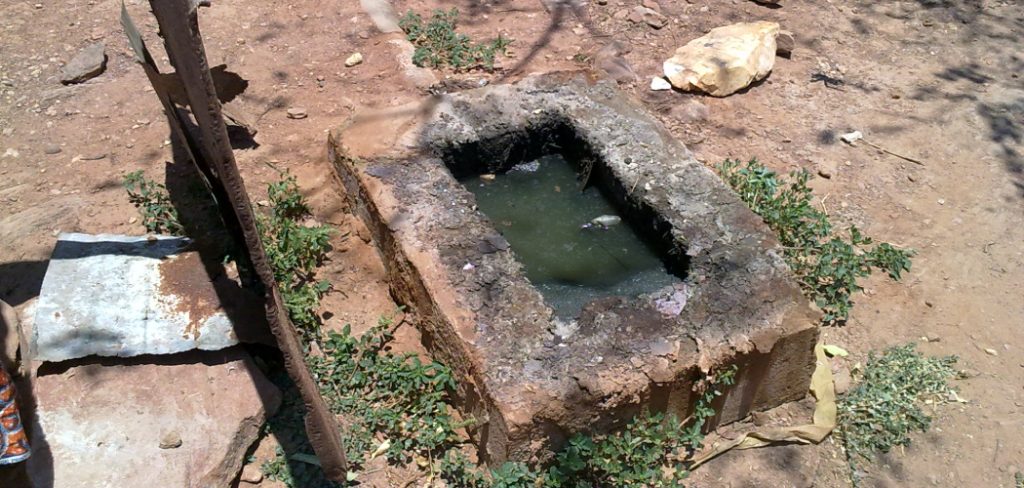
It could be that an old or damaged tank isn’t providing the performance results in it once did when installed or perhaps underground plumbing problems have been identified which require the removal of an existing system.
Whatever the reason may be, learning how to abandon a septic tank correctly can help protect surrounding soil quality while ensuring essential permits are obtained before replacement work is done.
In this blog post, we’ll discuss what exactly is involved when abandoning an existing residential septic system as well as outline any additional steps needed if thinking about eventually replacing the said system.
Step-by-step Guidelines on How to Abandon a Septic Tank
Step 1: Understand the Local Regulations for Abandoning a Septic Tank
Before doing anything, it’s important to become familiar with the particular regulations that apply in your local area. Regulations may vary depending on where you live, so it’s best to get in touch with your local government office or a professional contractor to make sure all requirements are met. But generally, there are certain guidelines that apply when it comes to abandoning a septic tank.
Step 2: Obtain the Necessary Permits
In many cases, abandoning a septic tank requires obtaining either construction or demolition permits, depending on the complexity of the task. Be sure to obtain these before starting any work. You may also need to hire a specialized contractor to oversee the job. If this is the case, they will be able to help you with permits and paperwork.
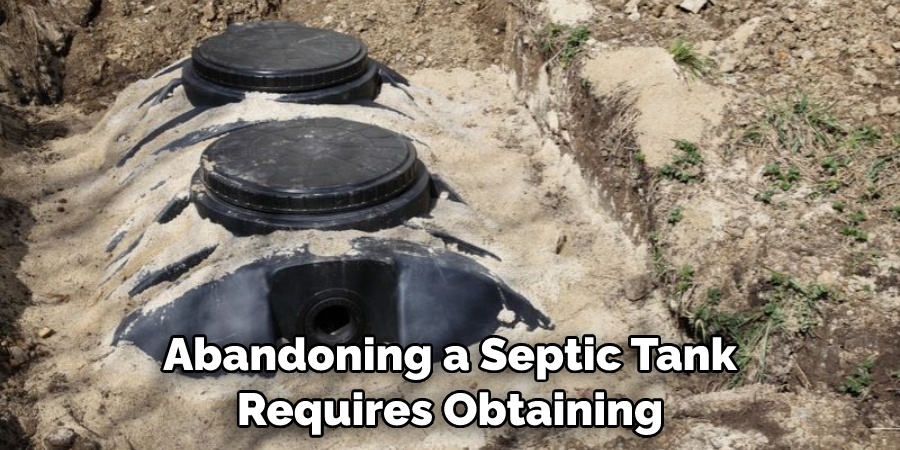
Step 3: Utilize an Underground Service Locator
Before doing any digging, make sure you utilize an underground service locator to identify the exact location of your septic tank. This will allow you to avoid accidentally damaging other utilities such as water lines or electrical conduits while digging out the old system. Remember, be sure to follow all safety precautions when doing this.
Step 4: Have a Professional Pump Out All Contents
To ensure environmental safety and help prevent contamination, it’s important to have a professional pump out all contents from the existing septic tank before abandonment can occur. You should also ensure that all wastewater is properly disposed of. It’s also a good idea to have an inspection to ensure that no solids remain in the tank.
Step 5: Remove Any Fittings or Piping Connected to Your Septic Tank
After having your tank emptied, remove any fittings or pipes that are connected to it. If these items are left behind, they can create a health hazard or impede the installation of a new system. You may need to hire a professional contractor at this stage in order to ensure the task is done properly. It’s also important to note any state or local regulations that may require these items to be removed.
Step 6: Dig Out and Remove Any Existing Septic Tank Parts
To begin abandonment, you will need to dig out any existing septic tank parts such as baffles, risers, cleanouts, and other components. After all items have been excavated, they should be carefully disposed of in accordance with your local regulations. This will help ensure that any potential contaminants are eliminated from the environment.
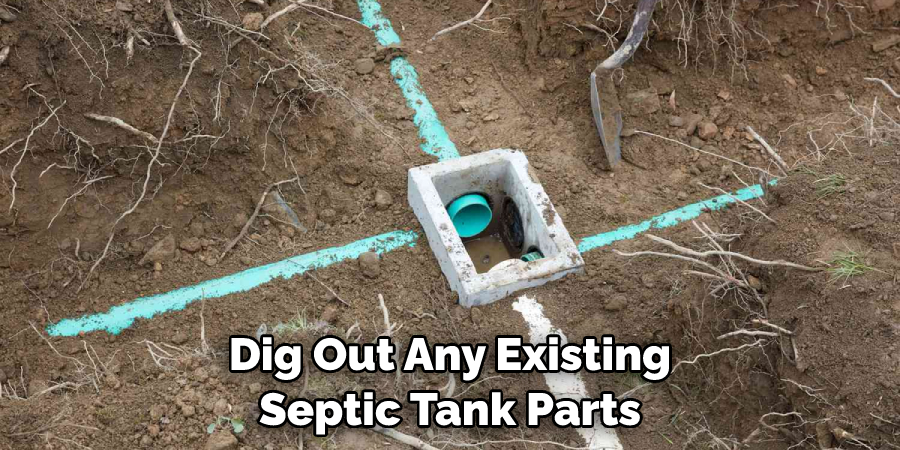
Step 7: Cut off All Incoming Water Supply Lines
Once the tank has been emptied and any remaining components removed, the next step is to cut off all incoming water supply lines leading into the tank. This means disconnecting these pipes from any point that comes before the septic field so that no water is able to enter the tank once abandonment has been completed.
Step 8: Fill in the Area Around Your Septic Tank
After all incoming lines have been disconnected, you can now begin to fill in the area around your septic tank with soil or other material according to local regulations. Be sure to compact it properly so that future digging and installation of a new system is easier. That said, it’s important to leave a few inches of open space at the top of your septic tank in order to allow for proper drainage.
Step 9: Install a Vent Pipe for Future Use
If you’re planning on eventually replacing your current septic tank with another one, be sure to install a vent pipe at this stage. This will minimize air loss when later reconnecting pipes and other components as part of the replacement process. You can also install a vent pipe if you don’t intend to install another septic tank, but this isn’t necessary.
Step 10: Install a Riser or Other Access Point
To make future maintenance and pumping of the tank easier, you may also want to consider installing a riser or other access point. This will allow you to easily identify the location of your septic system in case it needs attention again in the future. You may also want to consider installing a marker or other form of signage at this point as well.
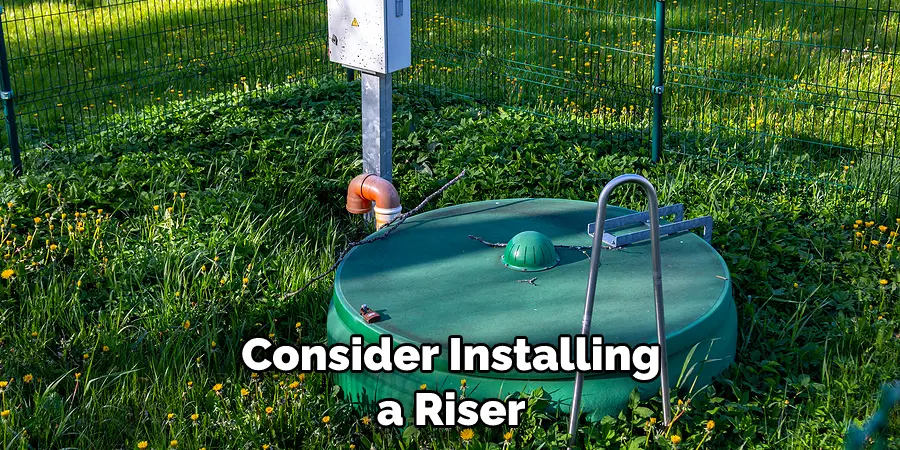
Step 11: Test Your Soil for Contamination Levels
Before completely abandoning your septic tank, it’s important to test the soil surrounding it for contamination levels. If any are found, additional steps may need to be taken before abandonment can occur. You may want to consult a professional in this case. If contamination levels are found to be acceptable, you can then finish the abandonment process.
Step 12: Have an Inspection Performed by a Professional Contractor
Once all tests have been conducted and results meet satisfactory standards, have an inspection performed by a professional contractor. This will ensure that all steps have been properly followed and that the septic tank abandonment is complete. After the inspection has been completed and approved, you can officially declare your tank as abandoned.
Following these steps on how to abandon a septic tank will help you safely and effectively abandon your septic tank, allowing you to install a new system or use the same land for other purposes. Be sure to obtain any necessary permits or certifications before beginning the process, as well as contact a professional contractor if needed. With proper planning, abandoning a septic tank can be done quickly and easily.
Frequently Asked Questions
Q: What is Septic Tank Abandonment?
A: A septic tank abandonment is the process of safely and effectively removing an existing septic tank from use. This involves disconnecting all incoming water supply lines, emptying the tank of any contents, excavating any parts or fittings connected to it, and filling in the area with soil or other material according to local regulations.
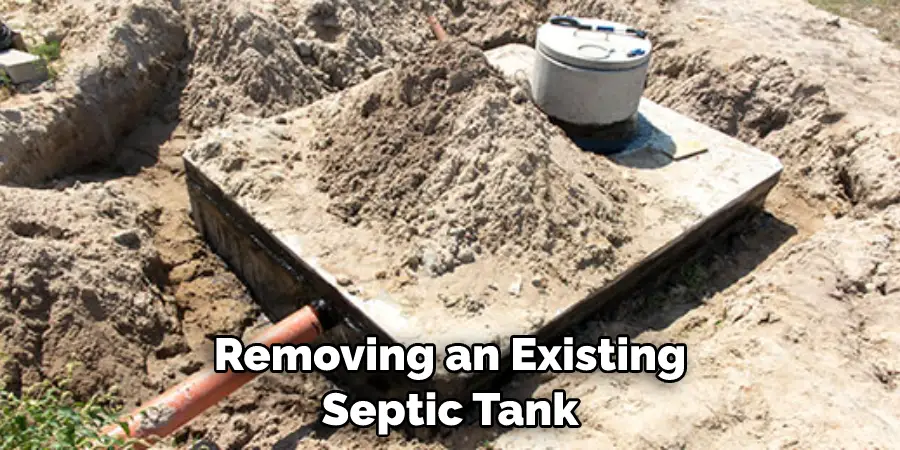
Q: What Happens If My Soil Tests Positive for Contamination?
A: If your soil tests positive for contamination, additional steps may need to be taken before septic tank abandonment can occur. This could include treating the area with chemicals or another form of remediation to bring it back up to acceptable standards. Your local jurisdiction will have specific requirements in place to deal with these types of situations.
Q: How Long Does a Septic Tank Abandonment Typically Take?
A: The length of time it takes to complete a septic tank abandonment will vary depending on the size and complexity of the system. Generally speaking, most projects should be able to be completed within one to two days. However, additional time may be needed in some cases due to the need for additional testing or remediation.
Q: Are There Any Environmental Considerations to Be Aware Of?
A: Yes, it’s important to take into account any potential environmental hazards when abandoning a septic tank. For instance, be sure to dispose of materials properly and avoid contaminating water sources in the area. It’s also a good idea to check with local authorities to make sure that any local regulations are being followed.
Is It Necessary to Hire a Professional?
While some homeowners may choose to carry out their own septic tank abandonments, we recommend having a professional contractor perform all steps for maximum safety and efficiency. A qualified contractor will have experience in the specific requirements of your jurisdiction and can help ensure that the process is performed correctly.
At the end of the day, it’s important to keep in mind that abandoning a septic tank can be a complex process, and it’s best to hire a professional if you are not completely sure how to go about it. With the right help, you can ensure that your septic tank abandonment is done safely and properly.
Conclusion
All in all, the key to abandoning a septic tank is taking the necessary precautions, following the strict guidelines set out by local governments and professionals and utilizing proper excavation equipment. Keeping these steps in mind on how to abandon a septic tank will help make transitioning from a septic tank system to a new alternative safe, effective, and as hassle-free as possible.
Before starting this process, it’s important to have a good understanding of what’s involved in properly carrying out a septic tank abandonment project. This knowledge could save you time and money down the line. All in all, understand the legal requirements set out by your jurisdiction before undertaking any major work like this and always make safety your top priority.
Additionally, if you ever experience any issues while abandoning your septic tank or find that it doesn’t meet specific regulations established by local authorities, do not hesitate to consult qualified professionals who can provide support with their valuable expertise.

